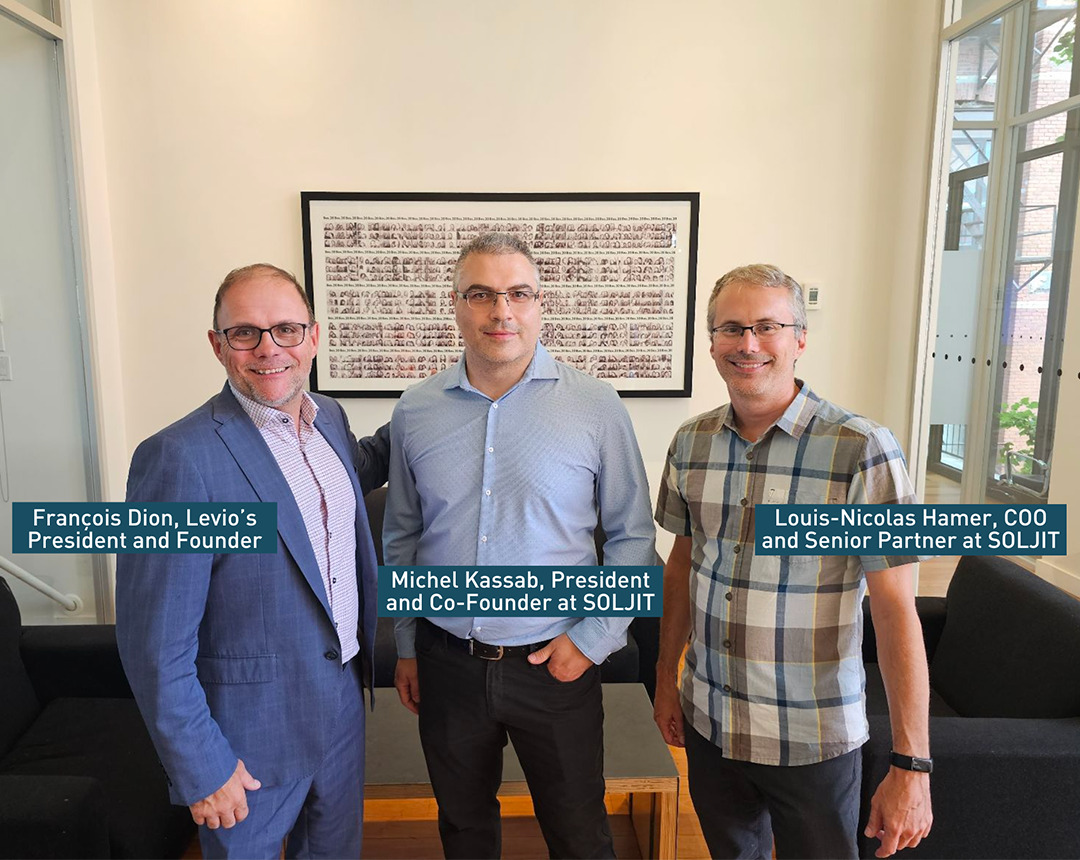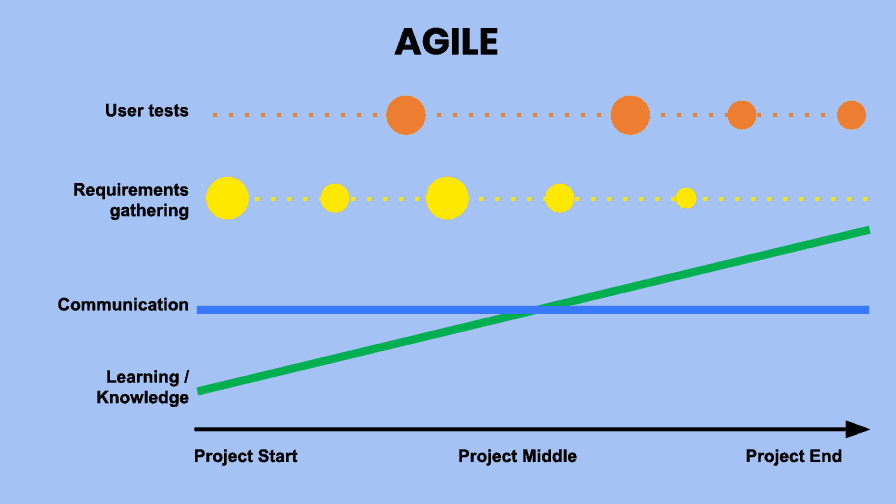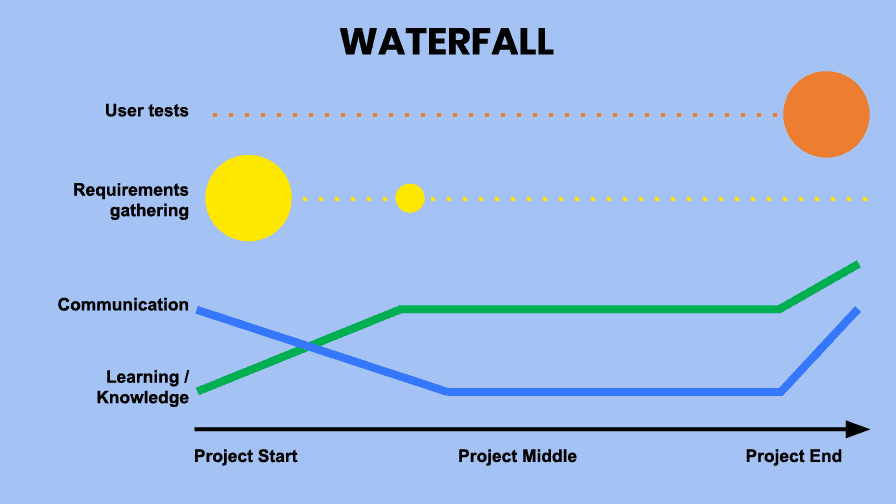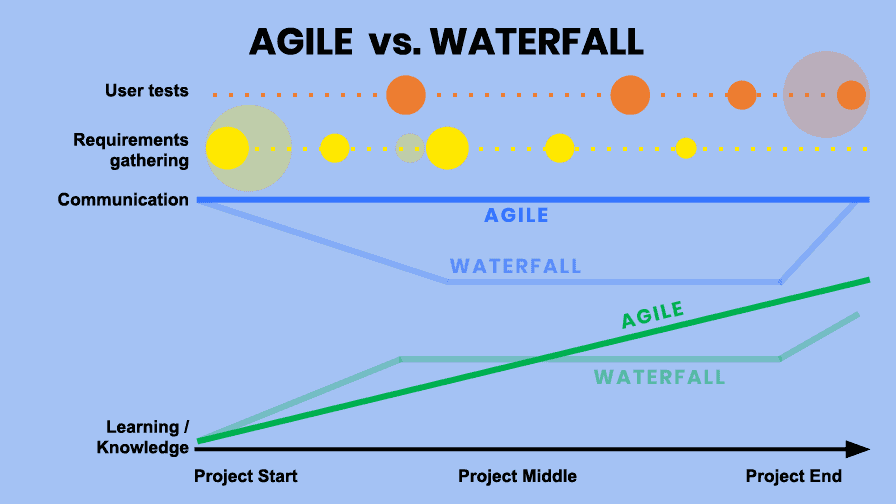

If you are planning to start or are already launching a Digital Transformation project within your organization, there are ways to manage this venture that can make a big difference on its outcome.
The main variable to choosing the right project approach is the answer to this question: Do you know everything (100%) that can be done to make your organization more productive, efficient, customer oriented, etc?
The answer is no.
You don’t know everything, because no one can know everything that Digital Transformation can bring to an organization. The possibilities are simply too vast.
This simple question and its answer point us in one direction when it comes to managing such a project: Agile.

Digital Transformation can affect almost every aspect of an organization’s operation:
The realm of possibilities being so great, it is almost impossible to plan everything ahead of time and get the optimal outcome. Invariably, as your organization works on its Digital Transformation, new things will be learned and new ideas will come up that may very well be better than the initial set of ideas that was planned:
Using Agile methodology, instead of Waterfall, your project will be shaped by:

This process will enable you, your teams, and your organization to:
From what is learned along the way:
By contrast, if a project’s scope and details are set in stone from the very beginning— the moment in time where your knowledge of the possibilities is the smallest— your project will be shaped by:

Because of this, you may very well miss the mark on:
These are all very likely when using Waterfall methodology in Digital Transformation.
Using Agile enables you to make increasingly enlightened decisions as you incrementally implement your Digital Transformation.
Start with the most obvious, easiest to implement, easiest to modify and less risky elements of your project. By doing so, you will learn more about future possibilities at each step of the process. This will enable you to readjust, tweak, re-prioritize, and improve the remaining elements of your project.
The graph below shows Agile and Waterfall compared, as it pertains to the increase of knowledge during implementation work.

Agile is characterized by short cycles of implementations and user tests, which enable fast-paced learning and improvement to decision-making. In contrast, Waterfall’s blinders-on approach increases the risk of getting stuck with the wrong outcome.
Using Agile doesn’t mean improvising. Structural aspects of your Digital Transformation, like selecting a platform, or architecture, may require a commitment beyond Agile. But for the rest of your project, Agile is the way.
Considering how fast the business world is changing — and the speed at which the digital space evolves to provide more possibilities to businesses — you can assume that the most “agile” (scalable, flexible, polyvalent) platform or architecture is likely to be the best fit for the future of your organization.
Any conversation about Agile irrevocably leads to discussions about sprint length and other Agile technicalities. In the case of a Digital Transformation project, there is no set of stringent or perfect guidelines that everyone should follow. Why? Because these projects vary considerably.
For example, if we take a project involving the Salesforce CRM, you could have wildly different project scopes:
In some circles, Agile can be experienced like a religion, with strict rules and high priests who preach these rules with zealot-like fervor. You don’t need to go that far.
In Digital Transformation projects, Agile is better used as a common sense approach where:
It’s common-sense, enabled by Agile methodology.
Accelerate your continuous improvement